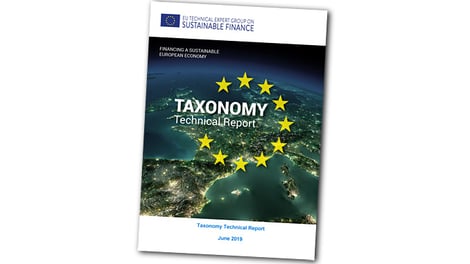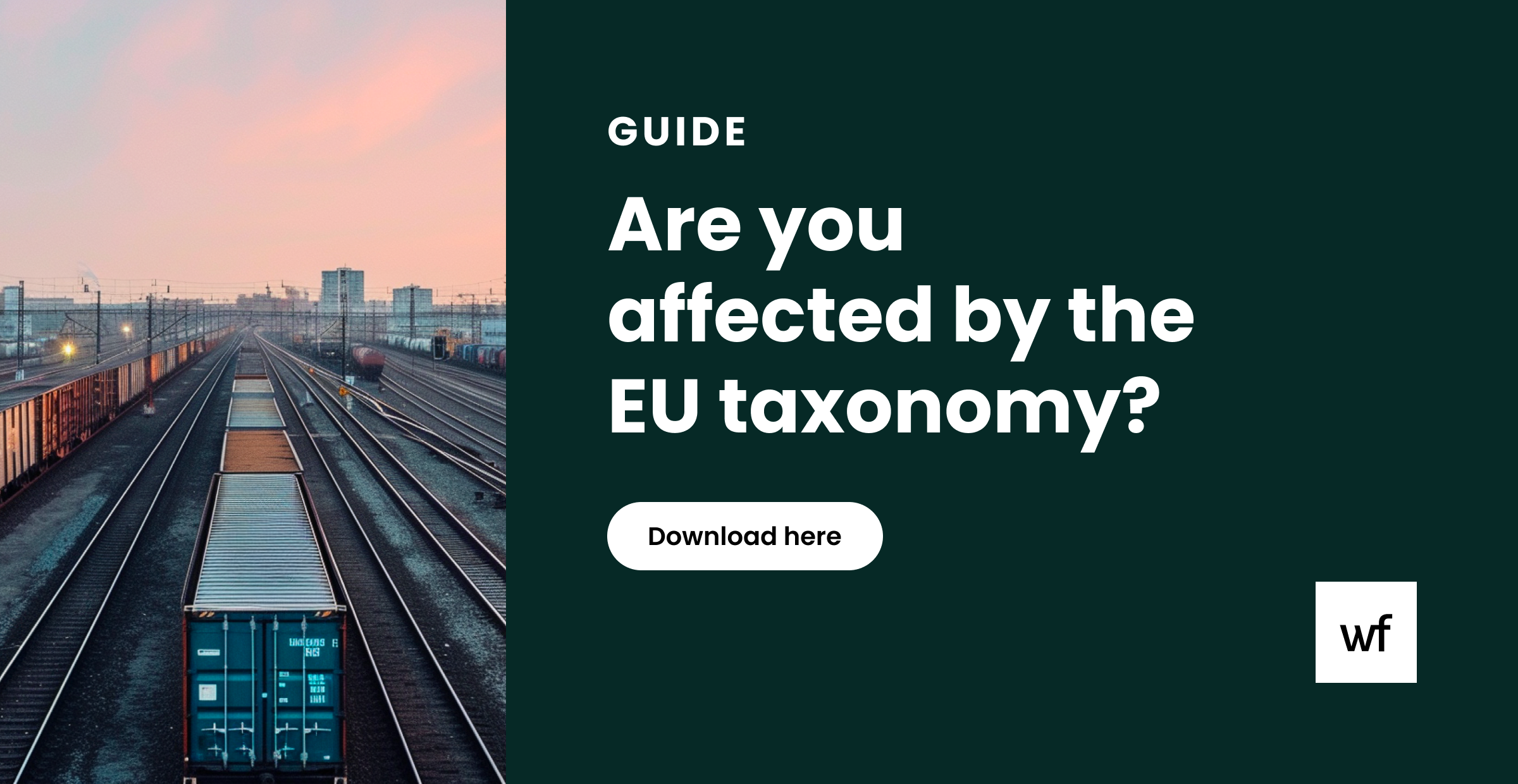EU Taxonomy: 6 reasons why it's key for Europe’s sustainable future

To be, or not to be sustainable – that is what the EU’s Taxonomy is trying to figure out. On April 21st 2021, the EU executive reached a historical agreement and unveiled the first comprehensive package of measures to help improve the flow of money towards sustainable activities across the EU – The EU Taxonomy. However, the Taxonomy’s current state has been heavily discussed all across the continent and it is unlikely to be over any time soon. The European Parliament and Council have until December 8 this year to either accept or reject it – if neither institution holds a vote or demands an extension of the deliberation period, then the first EU Taxonomy Delegated Act will start applying from January 1st 2022.
So, why is it important that the EU Taxonomy gets accepted and put into force? In this blog, we have gathered six reasons why the EU Taxonomy is revolutionary – both for our planet and your business.
What is the EU Taxonomy?
 The EU Taxonomy is a regulatory classification system by the European Commission, aiming to help facilitate Europe’s move to net-zero carbon emissions by 2050, as well as combat climate change in the long-term. The EU Taxonomy aims “to help investors, companies, issuers and project promoters navigate the transition to a low carbon, resilient and resource-efficient economy.”
The EU Taxonomy is a regulatory classification system by the European Commission, aiming to help facilitate Europe’s move to net-zero carbon emissions by 2050, as well as combat climate change in the long-term. The EU Taxonomy aims “to help investors, companies, issuers and project promoters navigate the transition to a low carbon, resilient and resource-efficient economy.”
Learn more about how to comply with the EU Taxonomy in Worldfavor.
1. It speeds up the urgent green transition
If we are ever to have a reasonable chance to combat climate change, rapid and far-reaching transitions in land, energy, industry, buildings, transport, and cities are vital. According to the IPCC, human-caused emission of CO2 must decrease by 45 percent by 2030, and unfortunately – we are not near to closing that gap. In order to meet the EU's climate targets, it is estimated that additional 350 billion euro in sustainable investments are needed in the next decade. The EU has taken on the role of green policy pioneers to steer capital flows in a sustainable direction while ensuring that the private sector is fully on board with the transition.
2. It helps to scale up investment in green business
If truth be told – no sustainable transition will ever happen without private investments. The taxonomy provides the right tools to direct investments towards more sustainable projects and activities – both through incentives and will. It will encourage market participants to invest differently and thus prove the power of free markets. Above all, it will transform sustainable finance from dream to reality.
3. A new era of sustainability reporting
Today, creating sustainability reports can be overwhelming, and investors are often met with trivial information, instead of essential KPIs and emission data. Finally, the taxonomy will rewrite the entire sustainability reporting landscape and put some order to it. It will describe in detail what must be included, making it easier for businesses and investors alike. It is an important and much-needed step towards increasing transparency and the enabling of comparing sustainability data.
4. It helps to reveal unsustainable business and prevent greenwashing
By adopting a consistent framework for what is sustainable, rather than businesses making their own subjective definition, “greenwashing” will most likely be reduced drastically. The taxonomy provides a new opportunity to collectively concretize what is environmental sustainability, and thus make it easier for customers and investors to critically review and recognize an unsustainable business.
5. Unraveling the myth: your business is not under any threat to be labeled unsustainable
A common misunderstanding of the taxonomy is that it will hold a monopoly of determining what is sustainable and not. Although it will undoubtedly hold a dominant position, it is important to understand that it is not a mandatory list of economic activities for investors to invest in or businesses to adjust to. Many of the activities which don’t pass the taxonomy’s screening can still be regarded as environmentally sustainable through other, complementary EU-laws. Rather than seeing the taxonomy as a threat, see it as an opportunity to easily align your business to the green future that is already around the corner.
6. It will continue to develop and improve
Although the taxonomy is science-based, extensive input from market participants, experts across the economy and civil society have been considered and negotiated – resulting in hardly anyone being fully satisfied with the end result. However, the European Commission has stated that the EU Taxonomy is a living document, meaning that it will continue to evolve over time, in line with development and technological progress. This means that new sectors and activities can be added to the scope over time, and stakeholders are encouraged to suggest activities to be included. This will ensure that in the end – the EU taxonomy will work in everyone’s favor.
Ultimately, the EU Taxonomy is an enabler of change and encourages a much urgent transition towards sustainability. It is the largest initiative to help shift investments where they are most needed and steer capital flow towards sustainable businesses.
The future of the green economy is finally here, and Worldfavor is the easiest and fastest way to future-proof your organization. Contact us already today!
Related blog posts you might like:






%20as%20the%20deadline%20approaches.%20Learn%20about%20compliance%20requirements%2c%20potential%20delays%2c%20and%20key%20updates..png)

